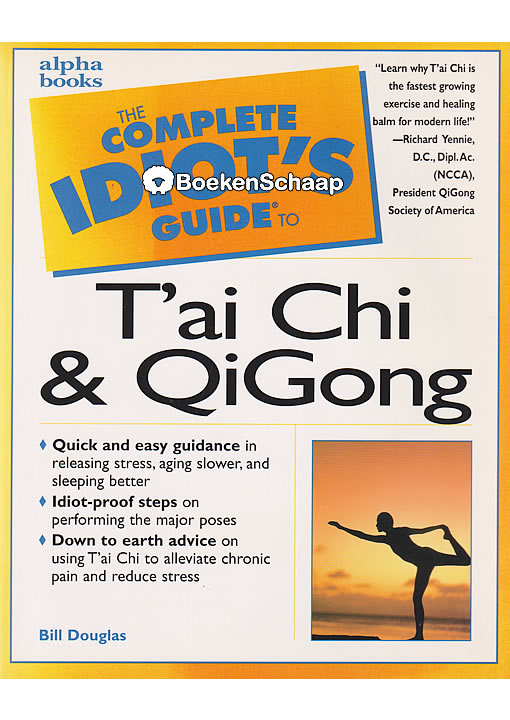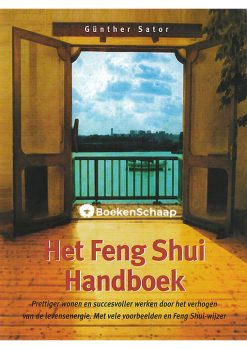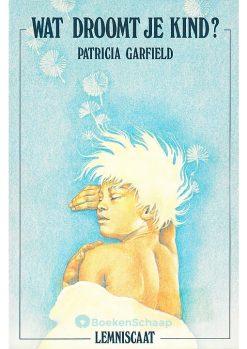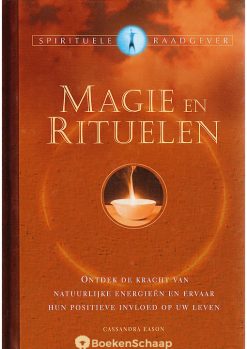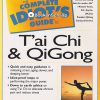The Complete Idiot’s Guide to T’ai Chi and QiGong
€ 6,50
Uitgever: Alpha Books
Jaar: 1999
Aantal bladzijden: 354
Bijzonderheden: bovenzijde boekblok vage (roest?) vlekjes
Conditie: in goede staat
Soort: Tweedehands
Uitverkocht
Vul hieronder je mailadres in om een bericht te ontvangen als het boek weer op voorraad is:
The Complete Idiot’s Guide to T’ai Chi and QiGong – Bill Douglas
This step-by-step guide shows how to get started in t’ai chi and its energy-boosting offshoot, QiGong, including choosing an instructor, learning the 64 basic postures, and creating routines that can be done anywhere.
You’re no idiot, of course. You know that T’ai Chi is an ancient Chinese practice that is known to lower stress, reduce the risk of heart conditions, and alleviate chronic health problems. But when it comes to signing up for a T’ai Chi or QiGong class, you get such cold feet you decide to head for your couch and eat Chinese takeout. Don’t wear out your cushions yet! The complete Idiot’s Guide to T’ai Chi & QiGong gives you step-by-step ways to incorporate a T’ai Chi program into your life at home and at work.
Recensie
T’ai Chi is a 2,000-year-old Chinese martial art that is becoming an increasingly popular exercise trend in the U.S. Its appeal is in its calming, destressing, and energy-boosting qualities. It also improves balance, coordination, strength, and flexibility, and is credited with many health benefits, such as lowering blood pressure. Author Bill Douglas has studied T’ai Chi and QiGong for 20 years and teaches at colleges, medical universities, and corporations. He describes the myriad benefits, how to prepare for your first T’ai Chi experience, its different styles, and how and where to practice. Douglas presents 64 T’ai Chi movements in photographs and instructions. Recurring boxes give tips for living the principles, definitions of Chinese terms, special cautions, and anecdotes. The difference between T’ai Chi and QiGong is not clearly explained, however: “T’ai Chi’s goal of relaxing the mind and body to encourage the flow of energy through us makes it QiGong. However, not all QiGong is T’ai Chi.” Then he tells us to “forget about it” because the differences will become obvious as you learn the exercises.
Douglas admits that no book is a substitute for a live class with a live teacher: “The ability to see an instructor move and to ask for clarification or hear the questions of other students is invaluable. Also, it’s easier in person for instructors to explain things in stages while you relax, whereas when using a book, facts must be remembered because the instructor isn’t there to remind you.” Still, this book is a useful introduction to the principles of T’ai Chi and QiGong, and an interesting supplement to what you’ll learn in a class. –Joan Price
(bron: Amazon.com Review)
Gerelateerde boeken
Esoterie
Gunther Sator
€ 4,95Esoterie
H. Naus
€ 2,95Esoterie
Kirsten Kuhnert
€ 3,95AANBIEDING
David Fontana
Esoterie
Marjolijn de Galan
Esoterie
Henri de Vidal de St. Germain
€ 4,95Nieuwe aanwinsten
Joan Salter
€ 11,50Esoterie
Patricia Garfield
€ 2,50Esoterie
Cassandra Eason
€ 7,95Esoterie
Shirley MacLaine
€ 4,95Esoterie
Wayne Dyer
€ 2,95Esoterie
Margaret Nofziger
€ 2,50

